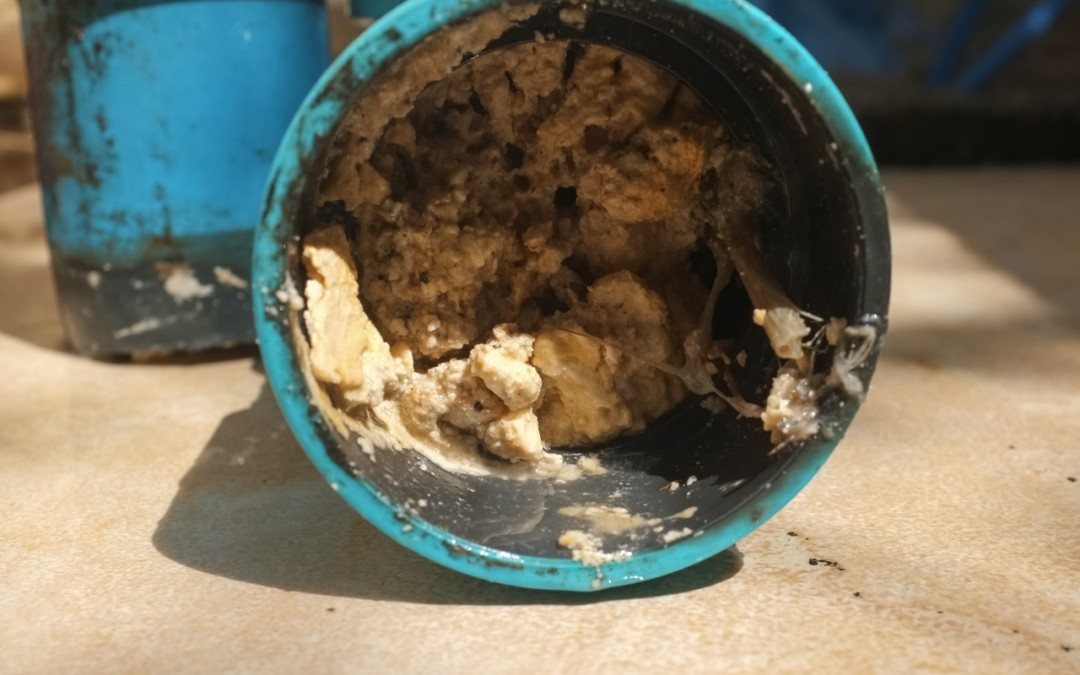Clearing the Pipes: Hydro Jetting vs. Snaking – Choosing the Right Solution for Your Plumbing Woes
A clogged drain is an unwelcome surprise that can disrupt the flow of your daily life. When faced with this plumbing woe, you're presented with a choice between two powerful solutions: hydro jetting and snaking. In this blog post, we'll explore the differences between these methods, helping you make an informed decision when it comes to restoring the flow in your pipes.
Hydro Jetting: The Powerhouse Solution
How it Works: Hydro jetting involves the use of a high-pressure stream of water to blast away stubborn clogs and debris within your pipes. A specialized nozzle is inserted into the plumbing system, and water is propelled at high speeds, effectively scouring the interior surfaces of the pipes.
Pros:
Thorough Cleaning: Hydro jetting is incredibly effective at removing built-up grease, sediment, and other blockages, leaving your pipes practically like new.
Versatility: It can be used in various types of pipes, from residential plumbing to commercial and industrial settings.
Preventive Maintenance: Hydro jetting not only clears existing clogs but can also serve as a preventive measure, minimizing the risk of future blockages.
Cons:
Professional Handling Required: Due to the high pressure involved, hydro jetting should be performed by trained professionals to avoid damage to the plumbing system.
Potential for Pipe Damage: In rare cases, extremely old or fragile pipes may not withstand the force of hydro jetting, leading to potential damage.
Snaking: The Traditional Approach
How it Works: Snaking, or drain augering, involves using a flexible auger cable to navigate through the pipe and break up or retrieve the clog. The cable can be manually operated or motorized, depending on the severity of the blockage.
Pros:
Cost-Effective: Snaking is often a more budget-friendly option, making it a popular choice for minor to moderate clogs.
Versatility: It can be used in various types of pipes and is particularly effective for dislodging solid obstructions.
Speed: Snaking is generally a quicker process than hydro jetting, making it a convenient choice for swift resolutions.
Cons:
Limited Cleaning: While effective for immediate relief, snaking may not provide the same level of comprehensive cleaning as hydro jetting.
Temporary Fix: Snaking may clear the visible clog, but it doesn't address the underlying buildup that could lead to future blockages.
Making the Choice:
Severity of the Clog: For minor clogs, snaking might be sufficient, but for persistent or severe blockages, hydro jetting offers a more thorough solution.
Preventive vs. Reactive: Hydro jetting is not only a solution for existing clogs but also an excellent preventive measure. If you want to ensure long-term pipe health, hydro jetting is a proactive choice.
Budget Considerations: If cost is a significant factor and the clog is relatively minor, snaking may be a more economical choice.
Conclusion:
Both hydro jetting and snaking have their merits, and the right choice depends on the specific circumstances of your plumbing issue. For routine maintenance or severe blockages, hydro jetting is a powerful and efficient solution. Meanwhile, snaking remains a reliable and cost-effective method for more straightforward clogs. Consulting with a professional plumber can help you determine the most suitable approach to keep your pipes flowing smoothly.

